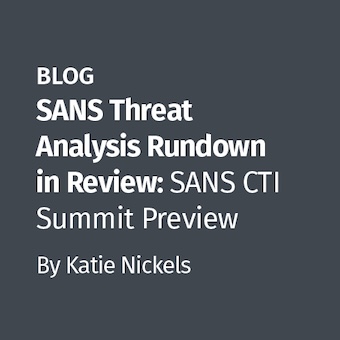At the moment the output formats used in computer forensics for the support of media duplication are mainly three:
- ? dd (RAW image) — the best and most utilized format
- ? Encase format (EWF) — closed format now widely supported by the CF products
- ? AFF Lib Format— very complete but still expanding
PTK can recognize the above listed formats. Usually, a media copy can be made from a single file or on split files. PTK is able to recognize the split image situation and, given the first chunk, automatically import the additional files. No log files or other types of data are allowed inside the evidence directory (i.e. file.e01, file.e02, file.log is not permitted). Through TSK, PTK automatically recognizes every partition in the image including support for the following file systems type: NTFS, FAT, UFS 1, UFS 2, EXT2FS, EXT3FS, and ISO 9660. One may also define, if necessary, the original time zone. Remember that for the FAT file system, time information are saved according to the local system date. With PTK, during the FAT image importing, the timestamps are converted from the original system's local time into GMT/UTC time. For the NTFS file system, the timestamps are already saved in GMT/UTC format and thus the time zone setting represents only a visualization parameter that can be changed at all times. For every added evidence you can obviously calculate the hash code (MD5, SHA1) and check it with a well-known one.
In case PTK is not able to identify the file system the user can choose to import the image as RAM dump and make use of the RAM dump analysis or import it as RAW image and have the ability to analyse the disk through the Data Unit or to run the Live Keyword Search on it. During the evidence importing process it is possible to decide whether to create a symbolic link to the image or copy the entire evidence, split or not, inside the PTK directory images (%www path%/ptk/images).
Even if PTK doesn't change in any way the evidence file, it is advisable to always use a write blocker. In case the write block is Firewire, and not ATA, it is recommended that you copy the entire evidence on a disk in order to improve data access speed and the performance consequently. The indexing process requires a number of resources in terms of CPU and I/O disk. Once the evidence is imported it is possible to start working directly on it through various analysis modules (File Analysis, Live Keyword Search, Data Unit, etc..) or start the indexing process. PTK's indexing engine, discussed on in previous articles, allows one to perform different automated tasks and produce results that all investigators assigned to the case can consult. The indexing process supplies all investigators with its analysis results but it's launched only once by the Master Investigator. The diagram below contains the indexing process operated by PTK using TSK tools. The performance of the indexing engine was improved compared to the first beta versions.
The next article will deal with PTK's multi-user system, the possibility to forbid more than one investigator to access specific cases and the bookmarking features available for every investigator.
Michele Zambelli, GCFA SIlver #1856, is a member of PTK Team and a Security Consultant at DFLabs Italy.




